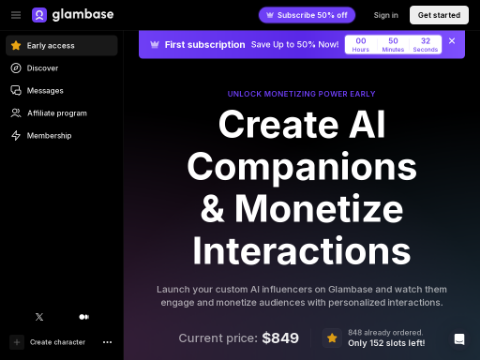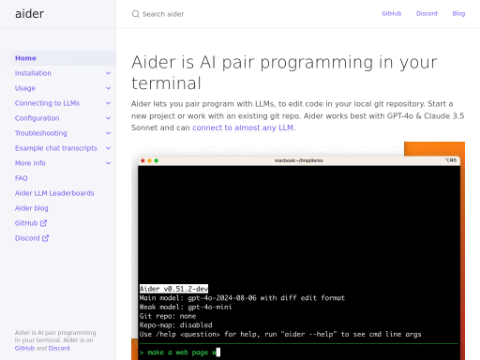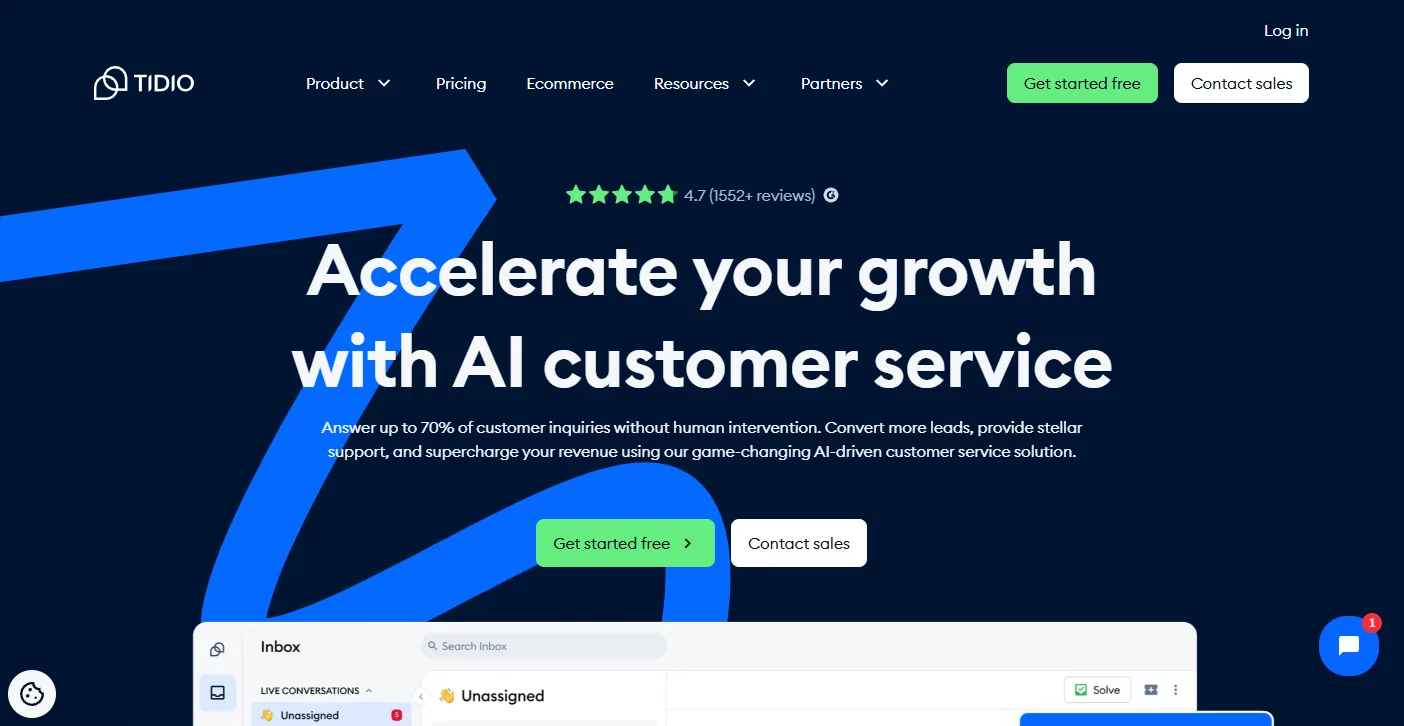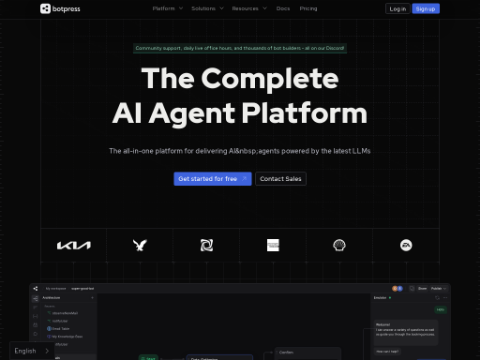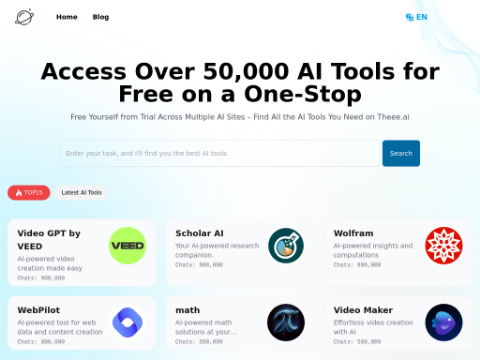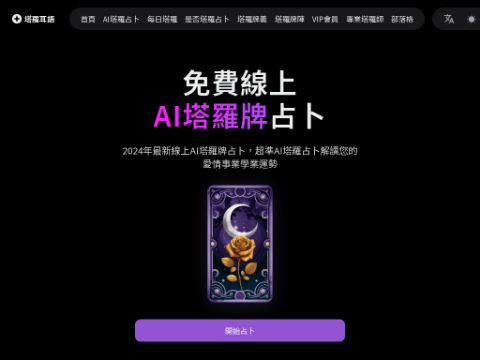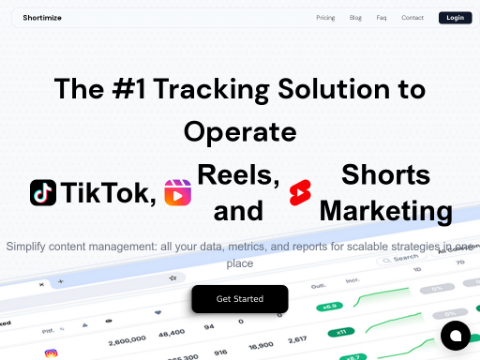In the field of medical education, clinical reasoning is regarded as a crucial element in cultivating physicians' fundamental abilities. Thomas Caruso, a professor of Anesthesiology, Perioperative, and Pain Medicine at Stanford University, adeptly compares clinical reasoning to an episode of the acclaimed TV series "House, M.D.," vividly portraying the process by which doctors incrementally collect patient data, continuously refine their judgments, and ultimately establish a diagnosis.
Since the 1970s, educators have commonly employed actors simulating patients to teach clinical reasoning skills. Although this method is widely recognized for its effectiveness, the non-professional nature of actors, high costs, and limited scalability have created an urgent need for alternative solutions.
In recent years, artificial intelligence simulations have emerged as strong contenders to actor-led simulations. However, existing AI simulation tools face constraints in language flexibility and adherence to medical regulations. To address these challenges, Marcos Rojas, a doctoral student in education at Stanford University, is leading a team to develop a customizable clinical reasoning tool named Clinical Mind AI, aiming for widespread global application.
Before joining Stanford University, Rojas practiced medicine in Chile and developed similar simulation tools. However, he found these tools to be overly rigid, lacking adaptability to diverse cultural contexts and medical regulations across different countries. Consequently, he envisions Clinical Mind AI to be highly customizable, catering to the needs of educators and students worldwide.
Clinical Mind AI operates similarly to a chatbot, allowing educators to input patient scenarios and customize the simulator based on teaching objectives and the regulatory environment of their respective countries. The tool can access authoritative medical databases such as UpToDate and the Centers for Disease Control and Prevention (CDC) to ensure the content taught is up-to-date. Professor Caruso notes that by integrating artificial intelligence with clinical reasoning simulators, they can continuously update educational material to keep pace with medical advancements.
Currently in the pilot phase, Clinical Mind AI is being tested for usability and interface compatibility with various languages and educational goals by educators and students around the world. Although some teachers have requested more customization options, overall user feedback has been positive. In response, the team is developing a separate tool to assist educators in creating scenarios and allowing them to opt out of certain interaction types or skip specific activities previously included in each simulation.
Looking ahead, Rojas, Caruso, and Shima Salehi, director of Stanford University's IDEAL Research Lab, hope that Clinical Mind AI will teach clinical reasoning in an intuitive manner comparable to actor simulations. They further aspire for the tool to drive the scalable development of interactive clinical reasoning education, reaching resource-limited institutions, bridging the digital divide, and enhancing the overall standard of medical education globally.
Salehi states, "We are exploring ways to leverage technology to provide enhanced practical methods for educators without being constrained by resources, while ensuring service to both underprivileged and privileged educational backgrounds. I believe this is a unique and important endeavor."


